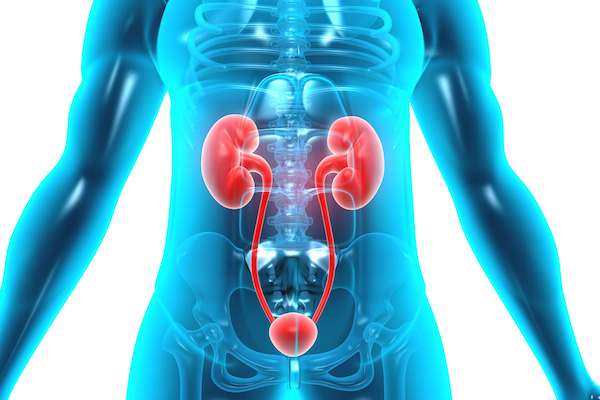All About the Bladder | Tennessee Valley Urology Center

The bladder is one of the most important parts of your urinary tract, but few people know much about it beyond that it’s urine’s last stop before it’s evacuated to the toilet. If you’re curious about this crucial little but mighty bit of tissue, read on to learn all about the bladder.
What Does the Bladder Look Like?
The bladder looks a bit like a cross between a football and a balloon, though its exact shape and size changes depending on how much urine it’s holding.
It’s made of smooth, pinkish, interwoven muscle fibers, and covered by the parietal peritoneum, part of a membrane that lines the abdominal cavity and covers the organs in it. The bladder is cradled by the pelvis in the lower part of that bony structure.
What Does the Bladder Do?
The bladder is connected via two narrow tubes called ureters to the kidneys, which play several key roles, including filtering waste products from the body, maintaining hydration, releasing blood pressure regulating hormones and controlling red blood cell production.
The kidneys produce urine, then send it to the bladder for holding until evacuation. Its walls have many folds that fill in as more urine is collected.
How Does the Bladder Let You Know You Need to Urinate?
The walls of the bladder are lined with nerve endings that sense when the muscle is stretched and send signals to your brain letting it know you need to evacuate the urine. The typical adult bladder can hold between 1.5 to 2 cups or urine and can store that for usually a few hours.
How Does the Bladder Evacuate Urine From the Body?
When you urinate, the muscular bladder walls squeeze the stored urine out through the urethra. In women, the trip from the bladder to the urinary outlet is short and the urethra is relatively wide.
In men, the journey is longer and the urethra is more narrow. The conduit travels through the prostate, a small gland that produces a portion of the seminal fluids that often becomes enlarged as men age, making urination slower and sometimes difficult. The prostate is also vulnerable to cancer, with roughly 13 out of every 100 American men affected in their lifetimes. One of the noticeable early symptoms of the disease is significant difficulty in urination, so if you’re having that trouble, please be sure to contact our office for diagnosis and treatment.
The board-certified physicians at Tennessee Valley Urology Center are experts at caring for every part of the urinary system and treating conditions that impact them. If you need our help, schedule an appointment today!
